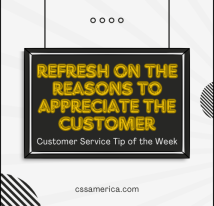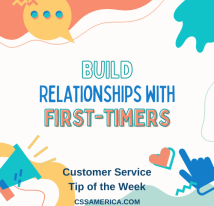
How many customer surveys has your company conducted since you’ve been working at your current employer? Some of you may answer 1,263 – roughly speaking – and others may answer zero.
The results could be many data points, many responses, many comments and analysis and findings and conclusions…or zero.
To make surveys worth conducting, worth the time, worth the money and the blunt feedback, the results have to be used. But even before that, the results have to be worth using.
Before conducting your next survey, think about these key categories of content.
The first is obvious. Find out what’s important to your customer – about the experience, the product/service, the relationship with your business. Find out their satisfaction with those same attributes so you can see where the biggest gap is between importance and satisfaction.
The second may be less obvious. Gauge your customer’s awareness. Many of the reasons for customer dissatisfaction, apathy, exit, confusion, or a poor experience comes down to this point – they just weren’t aware. They weren’t aware of your product offerings, your facility locations, the website functions, the right number to call or person to contact, how they could request a refund or lodge a complaint. They weren’t aware of a process or a service method; they didn’t know about perks and benefits.
The third content category for your surveys is change. Ask the customer about what is changing in their world, with their preferences, and with their desired experience. Have them to tell you the change so you can anticipate and plan for the changes you’ll need to make in your business to change with your customer. Don’t wait for them to leave in order for you to realize that you didn’t change fast enough.
Make your survey results worth using. Ask the right questions.
Signup for FREE Tips! Contact Us More Resources for You Visit Our Home Page























